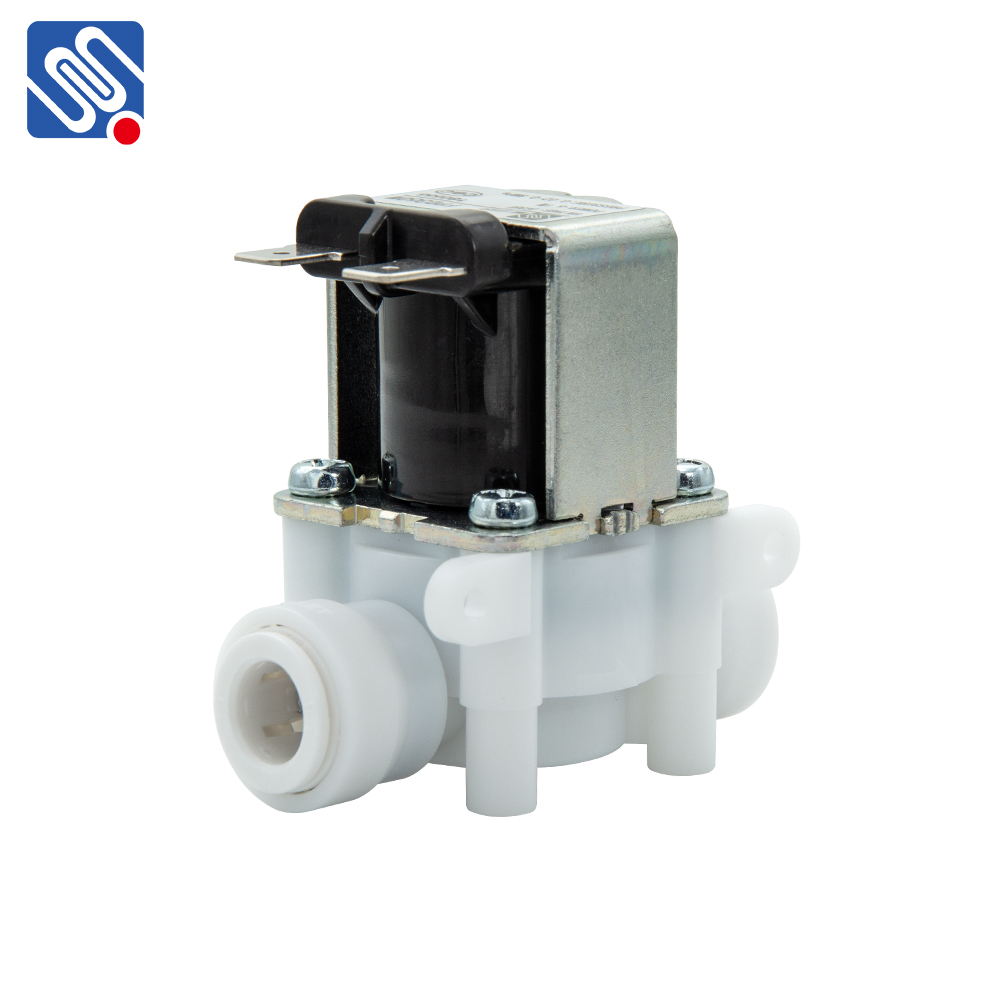Plastic solenoid valves are essential components in modern fluid control systems, offering an efficient and cost-effective solution for regulating the flow of various liquids and gases. These valves are commonly used in industries ranging from water treatment and chemical processing to medical equipment and automation. This article explores the design, applications, benefits, and limitations of plastic solenoid valves, providing a comprehensive understanding of their importance in fluid control.

What is a Plastic Solenoid Valve? A plastic solenoid valve is an electrically operated valve that controls the flow of fluids by using a solenoid (an electromagnetic coil). When electric current passes through the coil, it generates a magnetic field, which moves a plunger or piston to open or close the valve. This movement allows or prevents the passage of fluids through the valve, providing precise control over flow rates. The main advantage of plastic solenoid valves is that they are made of non-corrosive materials such as polypropylene (PP), polyvinylidene fluoride (PVDF), or polytetrafluoroethylene (PTFE), making them ideal for harsh environments.